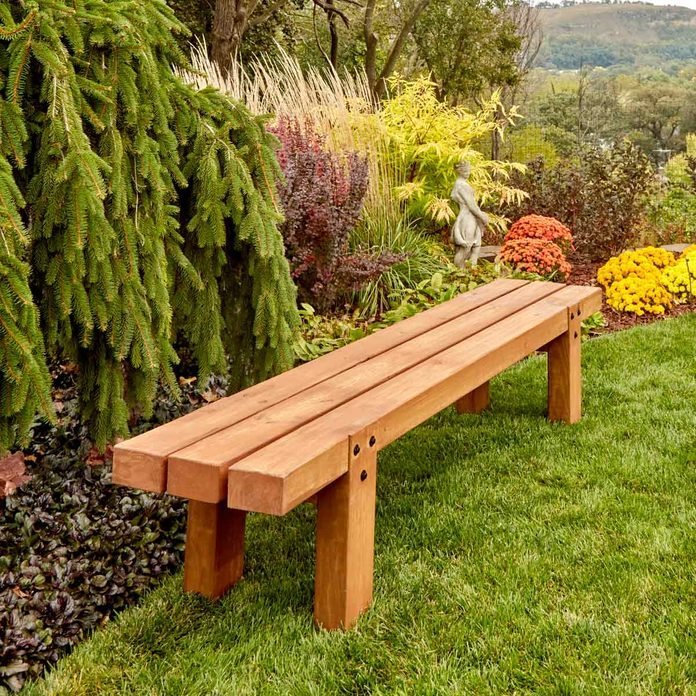Gardens have existed since the time of ancient Egyptians. However, the earliest forms of garden-appropriate seating were first used and conceptualised by the ancient Greeks. They made the seats from stone, which was uncomfortable but added aesthetics to their outdoors.
The trend continued to the Romans, wherein their gardens were luxurious and extravagant. This scenario inspired the current garden furnishings today, such as an outdoor bench.
As benches have become more comfortable and sophisticated in colours and designs, it is imperative to know how to choose the right one for your garden or outdoors.
The Materials and Its Maintenance
The material of your bench determines the comfort and durability it provides. Therefore, it is best to ensure that you’re getting your money’s worth as you invest in a landscape-complementing seating piece.
Furthermore, you have to remember that you will place the benches outdoors. And the fixture would constantly be exposed to changing and even extreme weather conditions. Thus, the furniture you choose should be able to withstand such factors. It would also be ideal to know if you can maintain its overall look with some regular maintenance procedures and efforts on your end.
Wood
Wooden benches provide a natural outdoor aesthetic that may suit your desired theme. As such, it would be ideal to choose a piece of furniture made from lightweight wood or a bench with consistent grain from heartwood lumber cut centrally from the source. In addition, you should lock the fixture with steel or zinc screws to ensure quick access to them when they need to be adjusted.
Teak
Teak is a tropical tree that is the perfect candidate for outdoor use. As such, an outdoor bench made from teak is rot and insect resistant due to its high oil content. In addition, this material is also weather element-resistant so that you can enjoy it for up to 50 years.
Furthermore, you first have to consider if you’re up for the time and cost of maintenance, as most wood fixtures will regularly need it. Teak benches, for example, need to be oil-stained or painted either annual or biannually to maintain their natural reddish-brown colours.
Metal
Most homeowners with metal benches prefer this material because manufacturers forge it into decorative styles such as a swirl. Alternatively, the material can be kept straight and added to the house’s contemporary design. In addition, iron-made benches are specifically durable yet relatively heavy to move around.
Cast Iron
Cast iron benches were among the earliest outdoor furniture. And as early as the mid-19th century, Americans were already putting this metal bench in their parks and homes. Its popularity even reached the White House, where its outdoor landscape still features these fixtures.
Furthermore, iron-made benches are susceptible to rust unless they have a coat. And the coating makes them water-resistant, so you must maintain it to prevent further maintenance requirements, especially if the bench is just powder-coated. Additionally, you have to secure and tighten the screws now and then to ensure their strength.
The Size and Location
It is essential to know the purpose of your bench and adjust the size you buy according to the area where you intend to place it. The rule of the thumb is to choose a fixture capable of carrying two adults’ weight. Moreover, it should accommodate regular visitors who are mostly your family and friends the best.
As for location, you should place a curved or alcove bench on a corner of your house. Also, setting the furniture near trees and flora will give it more sense of privacy. Moreover, you have to consider the sizes of nearby plants as they may compete for space with your bench as they grow.

